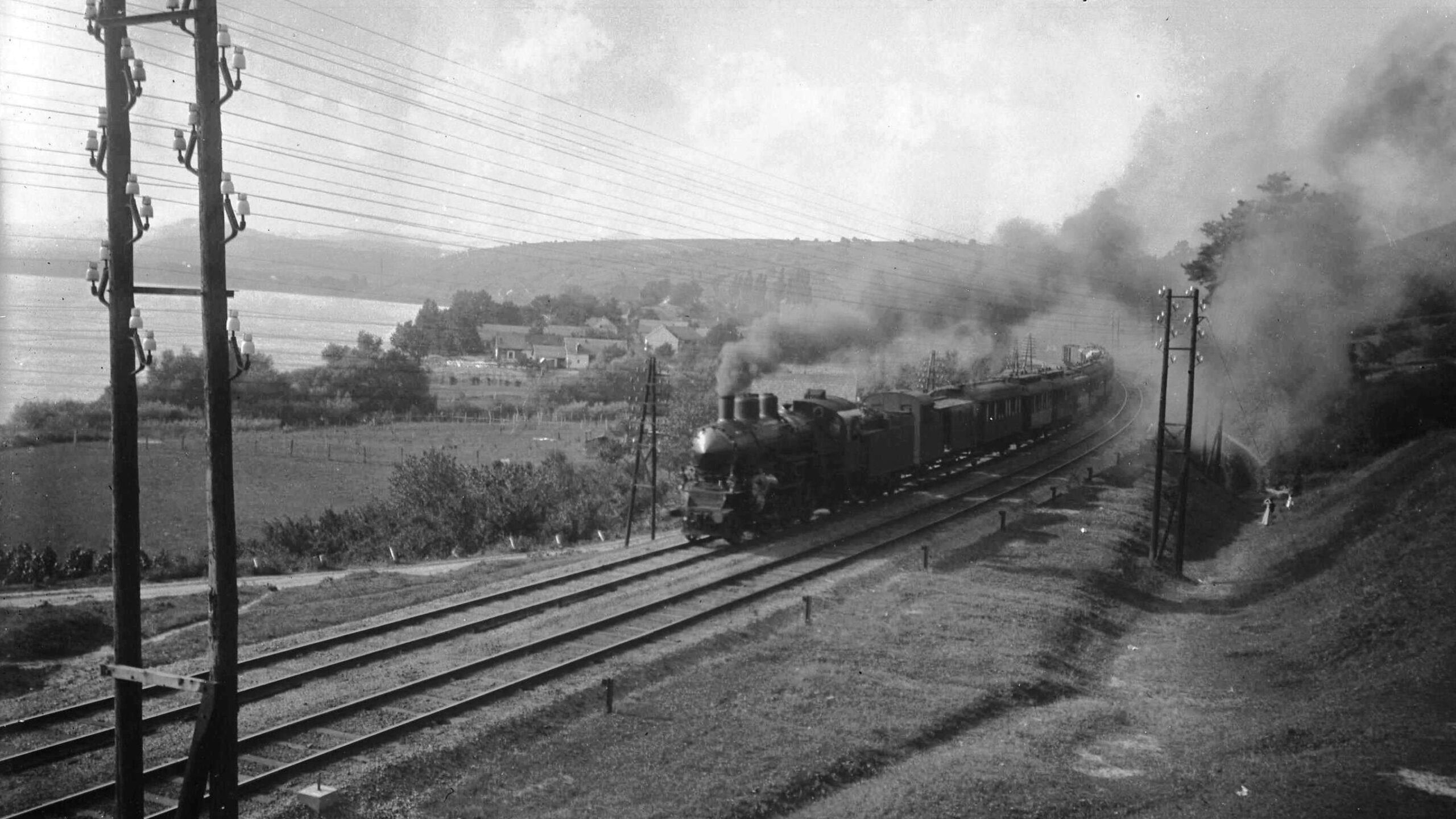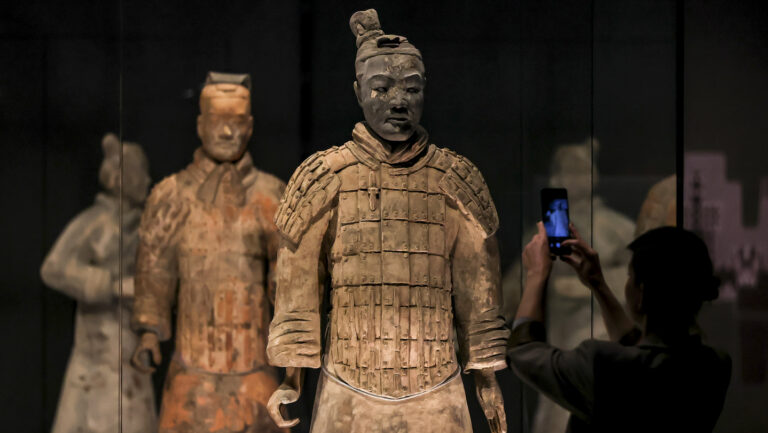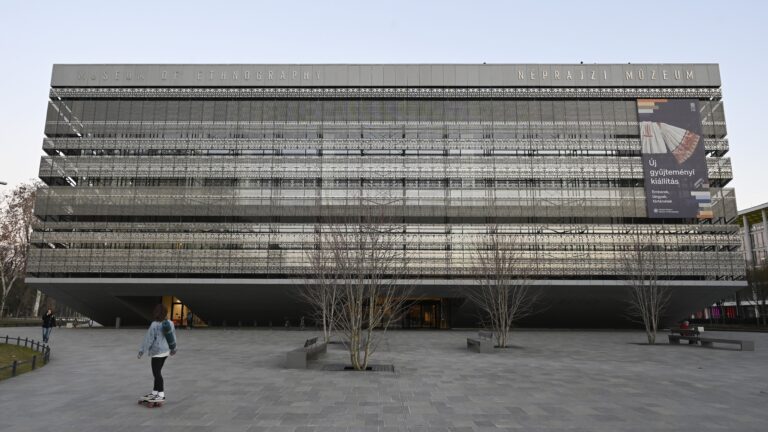A major new exhibition titled Darlington–Tokyo Express opened on 13 July at the Hungarian Railway History Park, showcasing two centuries of railway development across 13 immersive stations. Jointly organized by the Hungarian Museum of Science, Technology and Transport (MMKM) and the Railway Park, the exhibition invites visitors on a journey through time—from the earliest steam locomotives to cutting-edge Japanese high-speed trains.
The launch of the exhibition coincides with a global milestone: the 200th anniversary of the first public steam-powered passenger railway line, opened in Britain on 27 September 1825, between Stockton and Darlington. The line, operated by George Stephenson’s Locomotion No 1, marked a revolutionary moment in transportation history, even though the engine’s top speed barely exceeded 24 km/h.
Housed on the third floor of the Railway Park’s main Orient Hall, the exhibition is available in both Hungarian and English. It offers a panoramic view of rail technology and culture, covering engineering feats, design milestones, and the societal impact of train travel.
Upon entering, visitors are transported back to Darlington in 1825. Through 13 railway carriage installations, they explore curated artefacts, period paintings, archival documents, videos, animations, and interactive displays that highlight the evolution of railways and their influence on everyday life, art, music, and literature.
The exhibition also sheds light on lesser-known rail stories, records, travel habits, and pioneering inventions. In a dedicated section, attendees can contribute personal memories and photos, making it a living exhibition shaped by public experience and emphasizing that the history of railways is not only about engines and tracks—it’s about people and the connections they’ve made.
International collaborations also play a role in the exhibition. Notably, a replica of the first Siemens electric motor is on display thanks to Deutsche Bahn, highlighting the strengthening of professional ties across borders during this bicentennial celebration.
The exhibition is supported by the Hungarian Jewish Heritage Foundation. More details, including ticketing and schedules, are available at www.vasut200.hu.
Related articles:







